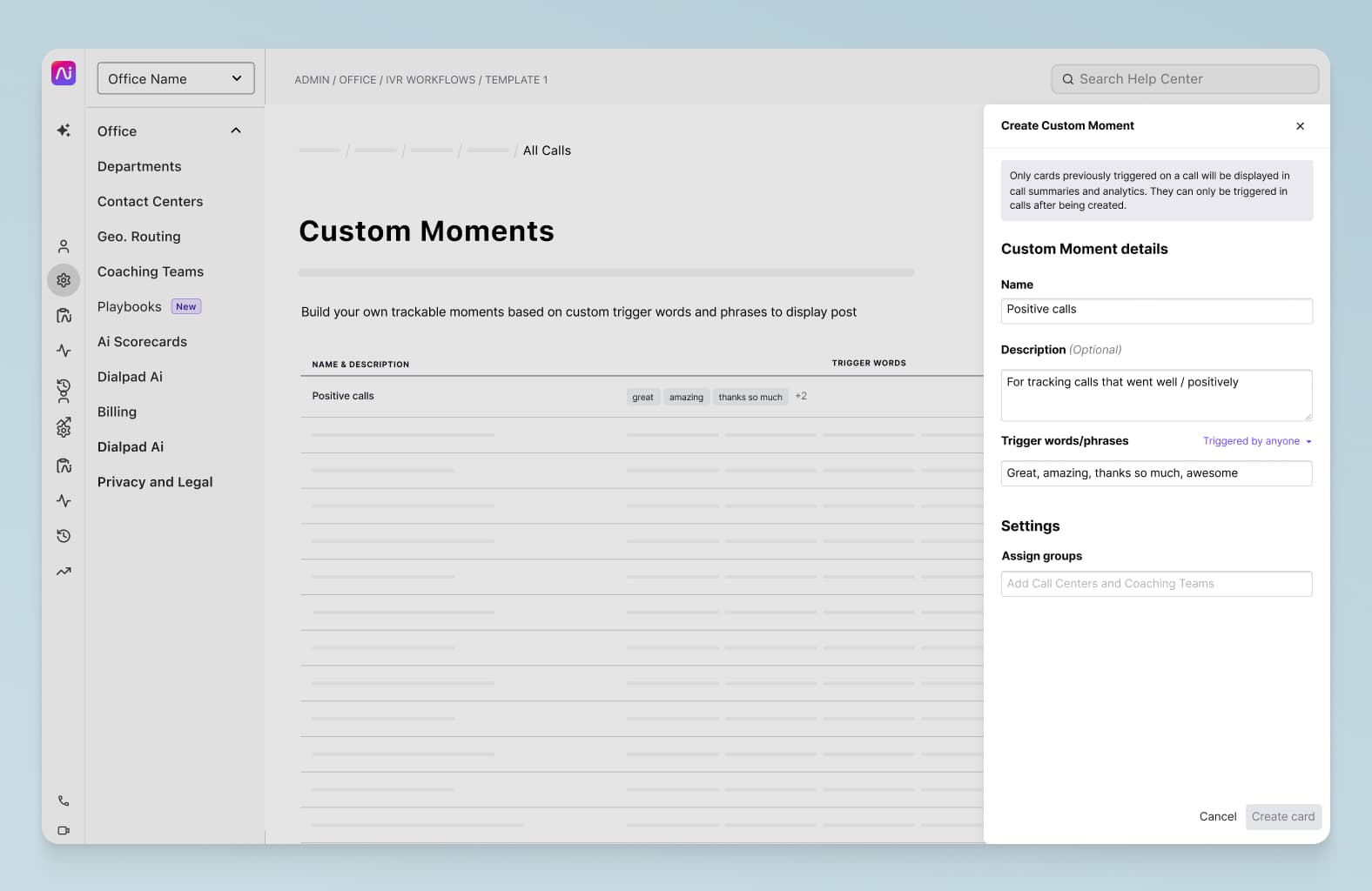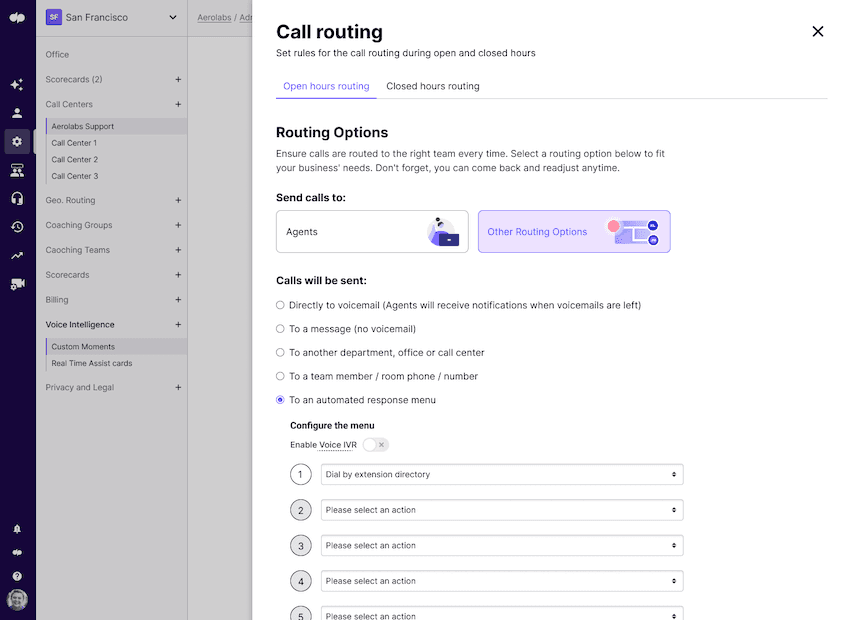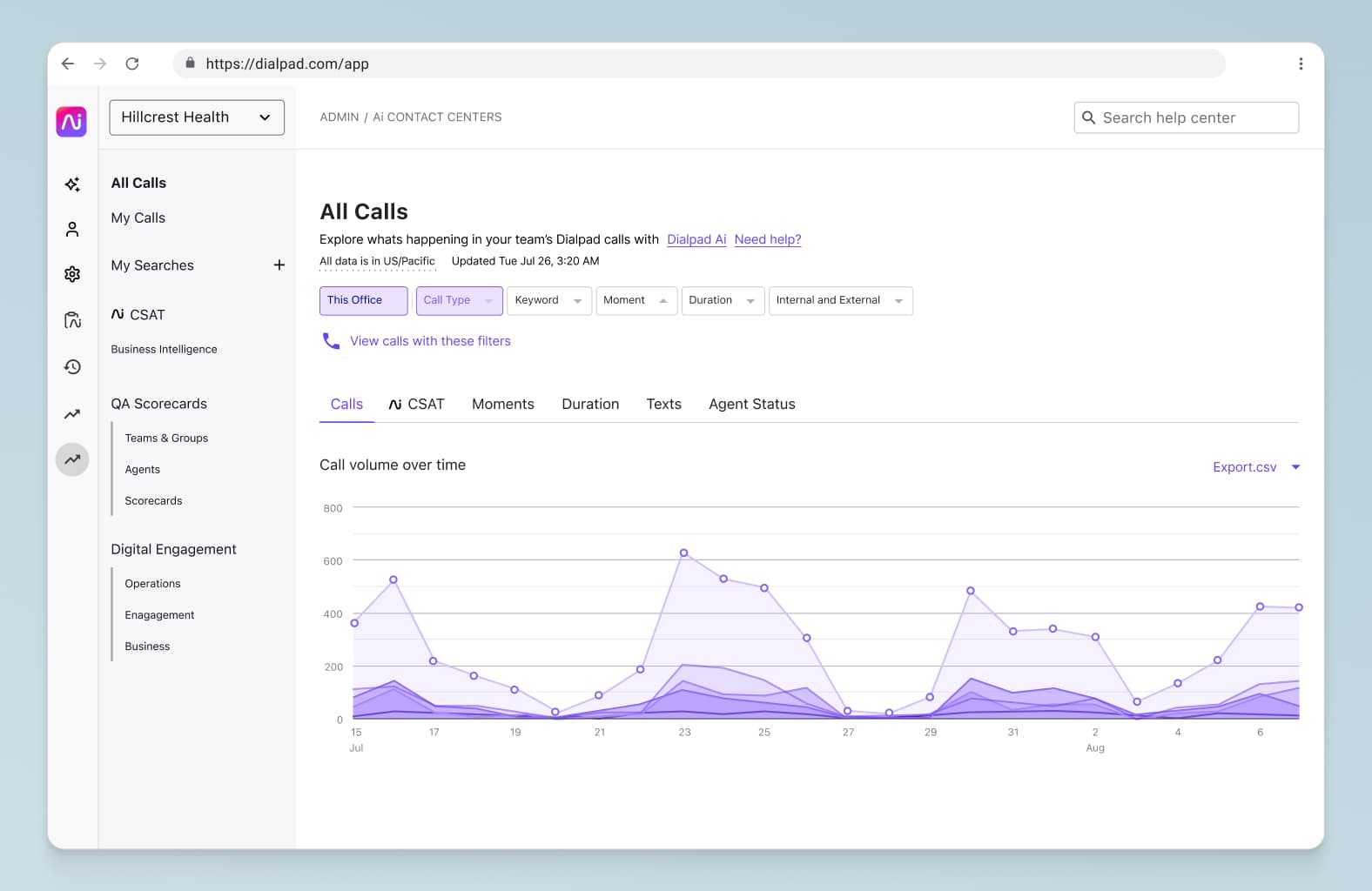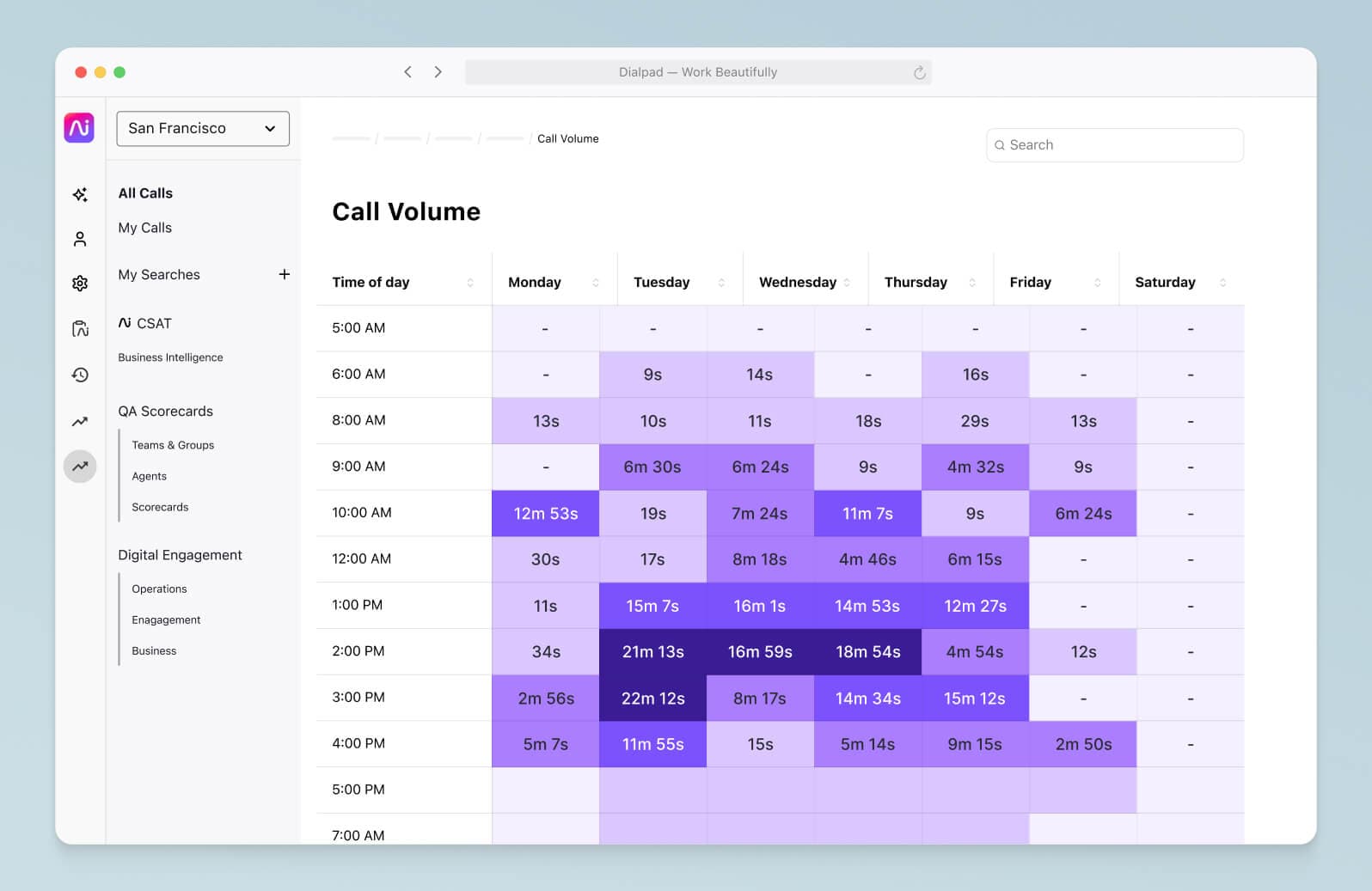12 essential customer service techniques for refining your CS strategy

Customer Support Manager - Tier 1

Tags
Share
How often have you had a friend or relative complain to you about a bad customer service experience? More times than you can count, probably!
Unfortunately, we tend to remember the bad things more than the good—that’s why you remember that one embarrassing high school incident (yes, that one) far more clearly than all the good days you had. It stands to reason, then, that bad customer service is most often what people remember:

While good customer service is fine, you need excellent customer service to stand out.
Here are 12 key customer service techniques that I think are useful in my experience training agents, for the most common scenarios you’ll find yourself in with customers.
What is customer service?
Customer service refers to the strategies and techniques you put in place to help customers as they make their way along the customer journey. In other words, how you help the people who might buy (or have already bought) your product.
Half of customers polled say they would switch to a competitor after one bad experience—and that number goes up to 80% after more than one bad experience. Ensuring great customer service is not just nice for your customer; it’s essential for your business.
Why is it important to provide quality customer service?
Customers expect high-quality customer service—and they’ll pay more to get it. Providing proactive, quality customer service is one of the best (and most inexpensive ways) to reduce churn, increase word-of-mouth referrals, and ultimately, improve your business’ bottom line.
👉 Dialpad tip:
New Zealand’s solarZero, a leading solar energy services company, knows just how important quality customer service is. After their cloud phone system suffered multiple system outages and disrupted their business, customer satisfaction began to take a hit. See what they did to improve it.
Qualities that organizations with excellent customer service share
Here are the qualities that organizations with great customer service tend to have, and as I’ll explain later, are essential to many of the techniques that a customer service agent would use.
Competence
Competent customer support agents have the knowledge and skill (this includes both customer service skills and technical skills) to do their job. This should be the bare minimum for all customer service teams.
Like this rep from Pizza Hut who apologized to the customer and then asked for more information so they could follow up on the issue. Remember, being competent doesn't mean you'll get things right 100% of the time—it means being able to fix things quickly, even when they go wrong.

Empathy
To offer the best support possible, empathy has to be a part of your customer support strategy. Customer service agents and anyone interacting face-to-face with customers should have the ability to understand customers on an emotional level.
Pet supplies company Chewy empathized with one of their customers when their dog had surgery—and they found a great way to show it:

Proactiveness
Excellent customer service anticipates what the customer needs before they realize they need it. When you can get ahead of an issue, it tends to impress the customer.
You can implement a few different things to stay ahead—and minimize the likelihood—of potential problems. Create a self-service knowledge base that customers can access at any time, a “products you may like” feature, or provide tutorials alongside new products.
Delta Hotels proactively monitors its social media feeds. The customer didn’t tag them in the post below, but they saw it anyway and gave him tips for the next time he books with them:

Personalized service
Personalization tells both current and new customers they’re a priority and you care about their experience with your company. Whether it’s emails based on their history with you, or having access to their previous interactions with you, personalization shows customers that they’re valued.
Shoe company Zappos is known for their excellent customer service. Here’s an example of how they helped a customer and personalized the experience:

Convenience
Everyone is busy, and customers will appreciate it if you don't make them bend over backwards to get help when they need it.
St. Charles Automotive had to move from a legacy phone system to a cloud-based system, which is probably one of the hardest changes to make when you're a decent-sized business. It helped that we made it convenient for them!
And of course (shameless plug incoming), it also helps that Dialpad's communications platform truly is easy to set up. You can get a virtual phone number in just a few minutes, no hardware needed. Need to add new users or employees? You can manage everything right in your online dashboard:

12 customer service techniques—and when to use each one
1. Problem, solution, benefit technique
Use when: Your customer is having trouble with a new product feature.
This technique is more often used in sales, and it’s sometimes known as “opportunity, solution, benefit.” You discuss the customer’s problem, present them with the best solution, and explain the benefit. Short of proactive customer service, this is one of your best options for refining your customer service strategy.
2. FAB (Feature, advantage, benefit) technique
Use when: You’re talking to a customer using a demo, trial, or freemium account.
The “feature, advantage, benefit” technique, or FAB, can help you meet a customer’s needs.
For example, if a customer purchases an all-in-one video bar, you can highlight the microphone pickup range of 25 feet. The advantage of this feature is that it can pick up people talking from all over a large room. The benefit is that you don’t have to worry about hearing everyone during a video conference. By highlighting these three things in order, you can show a customer why they’ll love your product.
✨ Want to improve your customer service?
Grab the Contact Center Playbook, which breaks down everything you need to know, from setup to improving customer satisfaction—with examples from real contact center teams across different industries.
3. HEARD (hear, empathize, apologize, resolve, and diagnose) technique
Use when: Your business made a mistake or is in the wrong, and you need to fix things.
The HEARD technique can help your company meet the basic customer expectation that they’re heard and valued—when something goes wrong. It involves five key steps:
Hear: Listen to the customer’s story. Give them your full attention and make a note of any important details.
Empathize: Connect with the customer, perhaps by sharing a time when something similar happened to you or just acknowledging their feelings.
Apologize: Tell the customer you’re sorry and accept responsibility for what happened.
Resolve: Provide the customer with a satisfactory resolution. Train and empower your customer service agents to handle resolutions on their own.
Diagnose: Look at the customer’s problem and see how to prevent it, so it doesn’t affect other customers.
4. The ELI5 (“Explain like I’m 5”) technique
Use when: The customer needs help with a technical or troubleshooting issue.
This technique requires your customer service or support team to explain processes in a simple way that, as the name implies, a five-year-old can understand.
It’s crucial when using this technique to not speak down to the customer. Instead, it’s about speaking plainly, avoiding jargon, and avoiding assuming they have any pre-existing knowledge. Be specific with directions, and pay attention to verbal clues that the customer understands what you’re telling them.
5. “Happy to see you” technique
Use when: Your agents take a lot of phone calls and you want to provide a personalized experience.
This technique is shockingly simple but delivers significant results. Customers respond well to warmth, enthusiasm, and personalization, and this technique has all three.
When a customer service agent answers a communication, have them remain neutral in tone until the customer gives their name and then instruct them to respond with warmth and enthusiasm. The other person will feel recognized and special, setting a positive tone for the interaction and ensuring a meaningful customer connection.
6. Meet & repeat technique
Use when: Pretty much all of the time, but especially when a customer is upset.
The meet and repeat technique is a great way to build a strong customer relationship.
It’s pretty simple—as soon as the customer says their name, repeat it in a follow-up greeting. For example, if I found out a customer’s name is Robert, I would say, “Hi Robert, what can I help you with today?” I would then use their name a few more times, and make sure to use it when I thank them at the end of the call.
7. Listening with body language technique
Use when: Your customer service reps take a lot of video calls, or anyone in your company interacts with customers or clients face-to-face.
Attentive body language is key for good customer service. If you’re talking to a customer in person or on a video call, lean forward and sit up straight. Hold eye contact, nod regularly and avoid looking distracted. These small gestures will show the customer that you’re paying attention and engaged in the conversation.
You can apply these tips to regular phone calls, too. Practising positive body language on your end can influence your tone, and ensure you sound just as helpful as you look.
8. Verbal listening indicator technique
Use when: Your customer service reps take a lot of phone calls.
While you can practice listening with body language techniques in person, it’s best to practice verbal listening indicators on calls. Customers usually can’t see your face, so you need to confirm you’re listening in other ways. Use confirmations like “go on” and “I see” to show you’re listening.
9. Echoing, paraphrasing, and summarizing technique
Use when: The customer has a complex issue with a lot of details.
Echoing is when you repeat the last thing the person you’re talking to said. For example, if a customer says, “I just received a promotion,” follow that with, “Congrats on your promotion!”
Paraphrasing is when you summarize for the customer what they’ve just told you in your own words. This gives the customer a chance to correct anything incorrect with what they’ve told you.
Summarizing is when you take everything the customer has told you and break the information down into neat points that cover the whole story.
10. Probing & clarifying questions technique
Use when: A customer has several issues and you need to get to the core of the problem.
Probing questions help get to the heart of a customer’s problem as quickly as possible. The sooner you can find the customer’s pain point, the sooner you can resolve the problem—which is what they want.
Clarifying questions are used to confirm that you understand the customer’s issue. These questions can be used to make sure you’re both talking about the same thing or assisting when you can’t see the customer’s screen.

11. CARP (Control, acknowledge, refocus, problem-solve) technique
Use when: A customer is very upset and the interaction needs to be de-escalated.
The control, acknowledge, refocus, and problem-solve, or CARP technique, can help your customer service team with process consistency.
Control: Control the situation with verbal indicators.
Acknowledge: use empathy and active listening to understand the problem and how the customer feels about it.
Refocus: the process of transitioning from discussing the problem to resolving the issue.
Problem-solve: discussing different options with the customer.
12. The "emphasize positivity" technique
Use when: All the time! Positivity will set you up for a better experience with the customer.
One of the best ways to connect with unhappy clients is to emphasize positivity. This can be as simple as using positive language instead of negative.
For example, if a customer reaches out via text messaging, upset about a product issue, avoid starting with, “I can’t help with this, I’ll get my supervisor.” Instead, say, “let me see what I can do to fix this for you.”
5 tips to improve your overall customer service performance on top of using the techniques above
1. Provide ongoing customer service training
Your customer service agents are the ones talking to customers everyday, so you want to make sure they have the best training and every tool possible to make their job easier. Use regular coaching to help customer service reps do their best work. With Dialpad Ai Contact Center, this is actually very easy to do because we can track "problem areas" just by creating Custom Moments for each one:

For example, I can create a Custom Moment to track every time "refund" or "money back" comes up on customer calls to see how frequently this comes up. If we notice that it's happening a lot, we can dig into the transcripts and recordings to get more context and see how we can improve our training to solve that.
Another useful thing we can do with Dialpad is create Real-time Assist (RTA) cards for training at scale. Not only does Dialpad's AI technology transcribe calls in real time and track keywords for us, it can also automatically pop up these RTA cards on our agents' screens when those keywords are spoken. For example, say we get lots of questions about how to port numbers over to Dialpad. We can create an RTA card with notes on how that works, and set it to trigger on-screen whenever someone says "port" or "porting":

This way, we can make our training more efficient since RTA cards essentially function as a real-time coach for our agents. I don't have to sit in and coach every call, and our agents can still get the information they need to answer tough customer questions.
2. Optimize every touchpoint of the customer journey
While you want to refine your customer service strategy, it’s essential to also focus on optimizing the entire customer journey. With multiple communication channels available, customers will interact with all kinds of employees across your business.
Every touchpoint in the customer journey should be analyzed to offer the best customer service possible. That way, the customer will experience quality service from beginning to end.
For example, if your customers are reaching out to you on live chat, would they be able to get to a real person if the chatbot can't answer their question? Dialpad Ai Contact Center actually has an omnichannel feature that lets your agents switch from a live chat conversation with a customer to a phone call—in the same window!
3. Use automation to speed up tasks
There are a lot of tasks that take time away from valuable customer interactions. Use automation to help free up some of this time. I touched on Dialpad's AI features above, like RTA cards and Custom Moments, which can help supervisors automate some aspects of training and development. (Learn more about how we use AI in customer service.)
But don't forget about the basic things too, like IVRs and call routing. Those are forms of automation too! If you can, make sure your phone system or contact center platform has a call routing feature that's easy to customize on your own instead of waiting days or weeks for your provider to make those changes for you:

And if your team uses customer service scorecards, there are ways to automate that process too. Dialpad, for example, has an Ai Scorecards feature that helps managers QA their agents' calls more quickly by analyzing the calls and suggesting whether the QA tasks were completed.
4. Measure and analyze the data you have
Measuring and analyzing data can help you show your team what’s working and what’s not in your contact center—just ask the folks at JumpCrew. Data can help you make decisions, like how many agents you need working at certain times, where to improve your training, and so on.
With Dialpad, you can easily create CSAT surveys to keep track of customer satisfaction, and not only does it have an intuitively designed contact center analytics dashboard:

It also has heat maps that show your call volume patterns and your average speed to answer:

5. Consider using closed-loop feedback
When you get customer feedback, make it a habit to follow up with them with any updates by instituting a practice of closed-loop feedback. Let customers know what changes have resulted from their feedback or how your organization is planning to use the feedback.
Skills to evaluate in a customer service agent
But before you can successfully use these techniques and practices as an organization, you need to make sure your customer service team is able to implement them. Here are some skills to measure when you're looking at performance.
Empathy and patience
Empathy is a skill like any other, meaning it can be practiced and improved upon. If your customers feel like they’re being heard and understood, they’ll feel more loyalty towards your company.
The same can be said for patience. Patience can help calm customers down and move interactions to quicker resolutions. The HEARD and CARP methods, particularly, require empathy and patience to be executed successfully.
Strong communication skills
Strong communication skills are critical to efficient customer service. Using the appropriate tone, speaking plainly, and avoiding jargon will help customer support agents resolve customer complaints.
Similarly, if your customer service agents handle texts, emails, or social media interactions, make sure their grammar, spelling, and tone are appropriate for written communications. Sometimes what sounds okay face-to-face doesn’t translate well when written.
So when a customer calls in with a billing issue, an agent with strong communication skills knows to echo, paraphrase, and summarize to assist with the details of the problem.
Solid product knowledge
Knowing your product inside and out can help agents resolve problems faster, which is excellent for the customer and your business. Product specialists can develop materials for customer service agents or spend time with them answering any questions they might have.
Customer service agents need up-to-date knowledge of any product updates or recalls so they can be prepared for customer queries. This is important when using the problem, solution, benefit or the FAB technique. These techniques require quick analysis of the customer’s problem, followed by solutions—which means solid product knowledge is a must.
Problem-solving and time management skills
Being able to think on your feet and problem-solve can help resolve customer issues quickly. The ability to handle calls from customers, emails from team members, and social media messages from potential clients is a sign of excellent time management skills.
Problem-solving and time management skills are essential for using any of the customer service techniques. For example, when you use the probing and clarifying questions technique, you’ll be efficiently narrowing down customer issues, helping you problem-solve quicker, and giving you more time in your day.
When it comes to problem-solving and time management, advances in technology can take on a lot of the workload. Automation, knowledge bases, webinars, and meeting email templates can all be used to save valuable time, freeing employees for more critical customer interactions.
👉 Dialpad tip:
PlanGrid helped their employees save time by consolidating three different communications solutions into one and making sure it integrated with their other tools. That’s more time to spend on customers, and less on finding the right application.
Ability to stay humble and be accountable
Accountability and humility are essential to help build a foundation of trust with customers—they need to know they can count on your company to be honest so they feel comfortable doing business with you in the future.
Agents who practice humility will be able to listen to customers and accept when a mistake has been made without any hint of negativity. Agents with this skill will also be able to admit their own mistakes, and they’ll be more open to feedback and additional training. No one is perfect, and a customer service rep that knows that will be an asset to your company.
The emphasizing positivity technique is a great way to stay humble and accept fault. Positivity will help move the conversation in a more productive direction once any mistakes have been acknowledged.
If you’ve made a mistake or forgotten to follow through on a task for the customer, be honest. While they might be upset, most customers will appreciate that you showed accountability for your actions.
Ready to improve your customer service techniques?
Excellent customer service isn’t something you implement once. It’s a strategy that needs time, attention, and analysis to ensure it’s functioning correctly for your business. That being said, you now have a selection of techniques to level up your customer service and optimize your strategy.
And, by combining them with the right contact center solution (like Dialpad!), you’ll have the perfect recipe for success.
Looking for a contact center platform?
Looking for a contact center platform that's designed to help you improve your customer service? Book a demo of Dialpad Support or take a self-guided interactive tour of the app on your own first!








